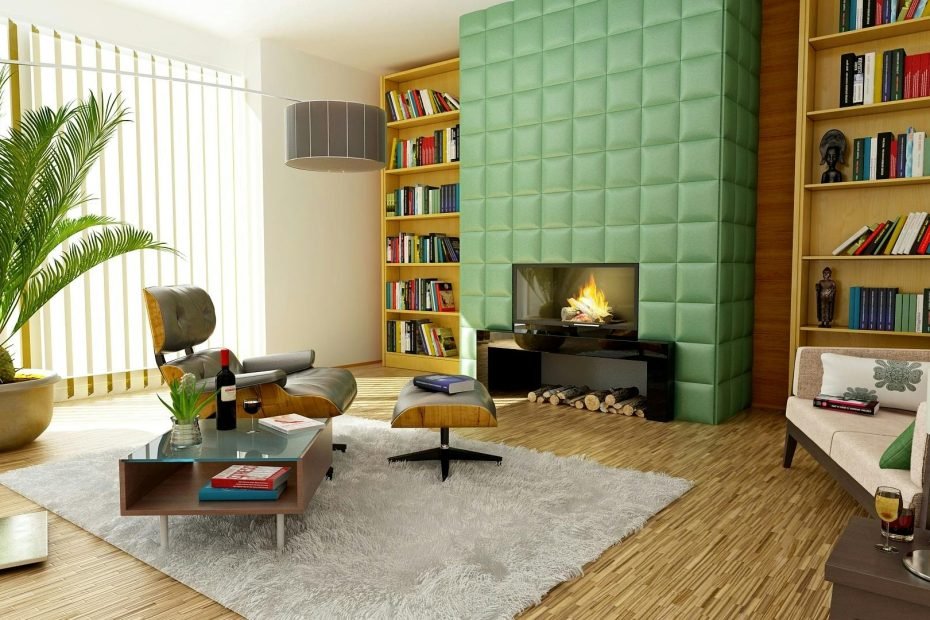In an era where well-being is increasingly prioritized, architecture plays a crucial role in shaping environments that support mental and physical health. This article explores the principles and strategies behind designing spaces for wellness, focusing on how architects can create environments that nurture and enhance the well-being of their occupants.
Understanding Wellness Architecture
Wellness architecture goes beyond traditional design considerations to prioritize the holistic health of individuals and communities. It encompasses various elements, including access to natural light, indoor air quality, biophilic design, and opportunities for physical activity and social interaction. By integrating these principles into architectural design, spaces can become catalysts for improving mental and physical health outcomes.
Biophilic Design: Bringing Nature Indoors
Biophilic design seeks to reconnect occupants with nature by incorporating natural elements into the built environment. This can include features such as abundant natural light, views of greenery, indoor plants, and natural materials like wood and stone. By fostering a connection to nature, biophilic design has been shown to reduce stress, enhance cognitive function, and promote overall well-being.
Daylighting and Circadian Rhythms
Access to natural light is essential for regulating circadian rhythms and supporting overall health. Architects can prioritize daylighting strategies, such as large windows, skylights, and light wells, to maximize natural light penetration into interior spaces. Daylighting not only reduces the need for artificial lighting but also improves mood, energy levels, and sleep quality among occupants.
Indoor Air Quality and Ventilation
Indoor air quality has a significant impact on respiratory health and overall well-being. Architects can incorporate ventilation systems that provide a constant supply of fresh air while filtering out pollutants and allergens. Additionally, materials with low VOC emissions can be used to minimize indoor air pollution and create healthier indoor environments.
Active Design: Promoting Physical Activity
Active design principles aim to encourage physical activity and movement within the built environment. This can include features such as staircases designed for visibility and accessibility, pedestrian-friendly streetscapes, and active transportation infrastructure like bike lanes and walking paths. By incorporating opportunities for physical activity into architectural design, spaces can support active lifestyles and reduce the risk of chronic diseases.
Social Spaces and Community Engagement
Social interaction is essential for mental health and overall well-being. Architects can design spaces that foster social connection and community engagement. Such as shared common areas, gathering spaces, and multipurpose facilities. These spaces encourage collaboration, communication, and a sense of belonging among occupants, contributing to a supportive and inclusive environment.
For more on INJ Architects:
